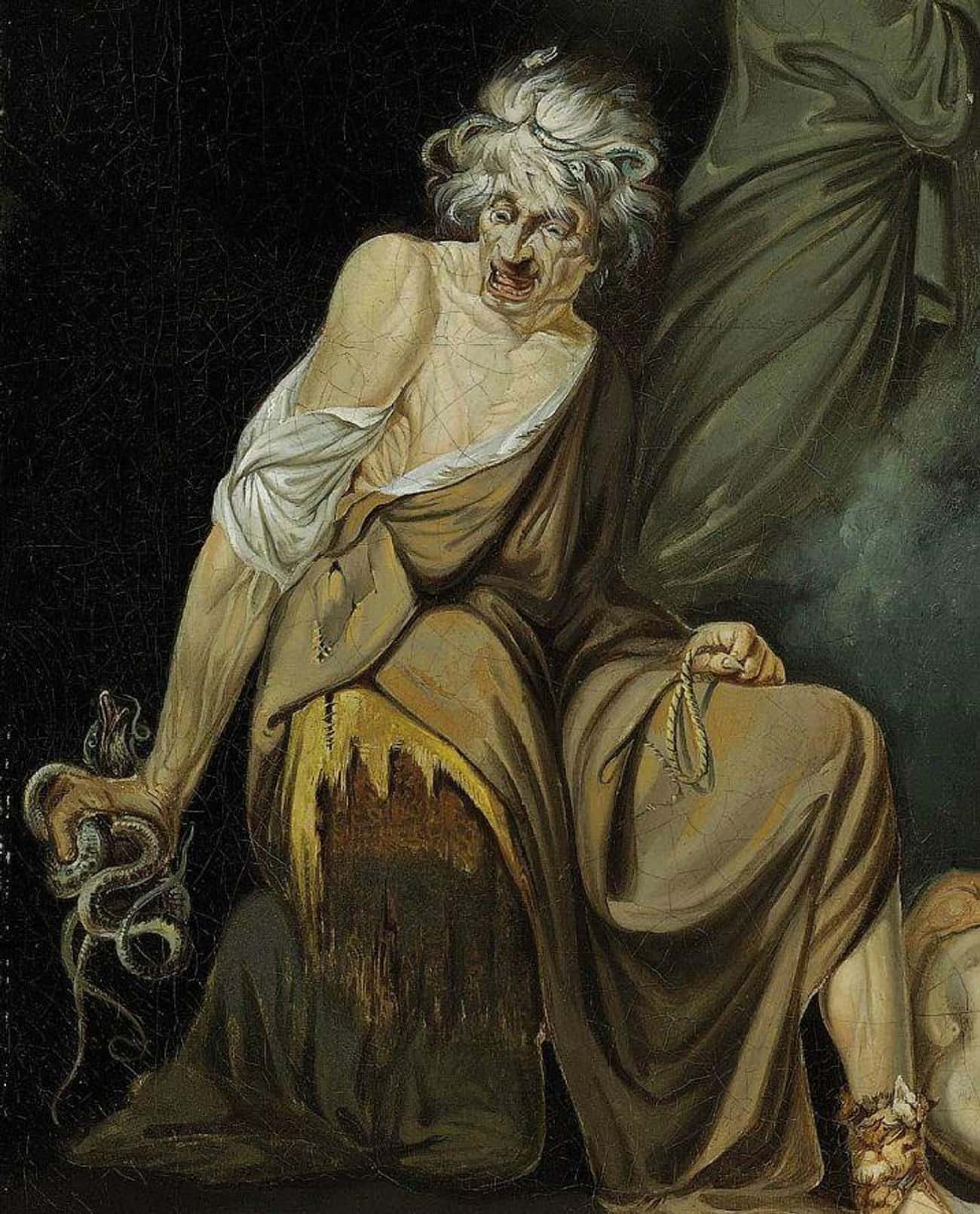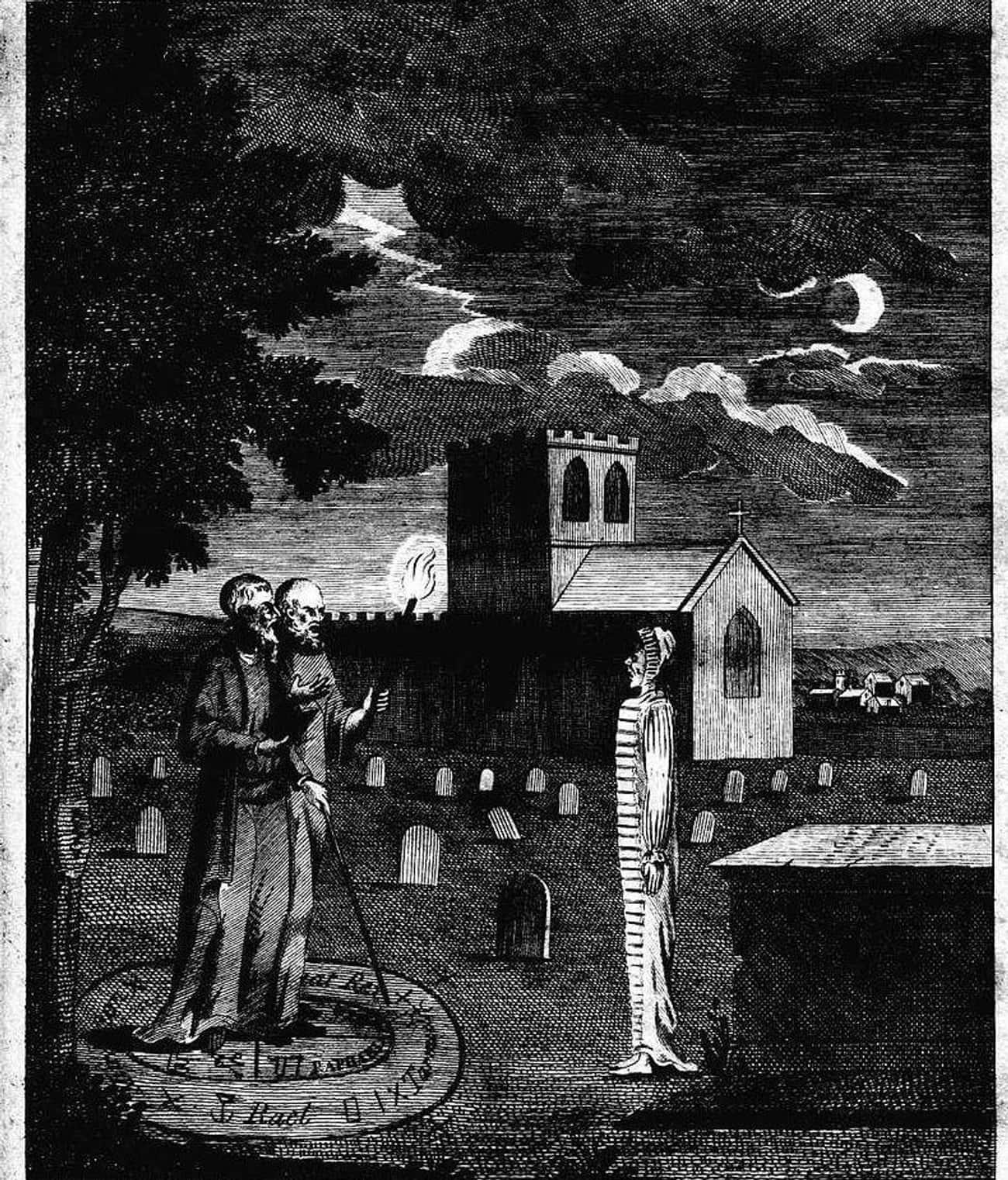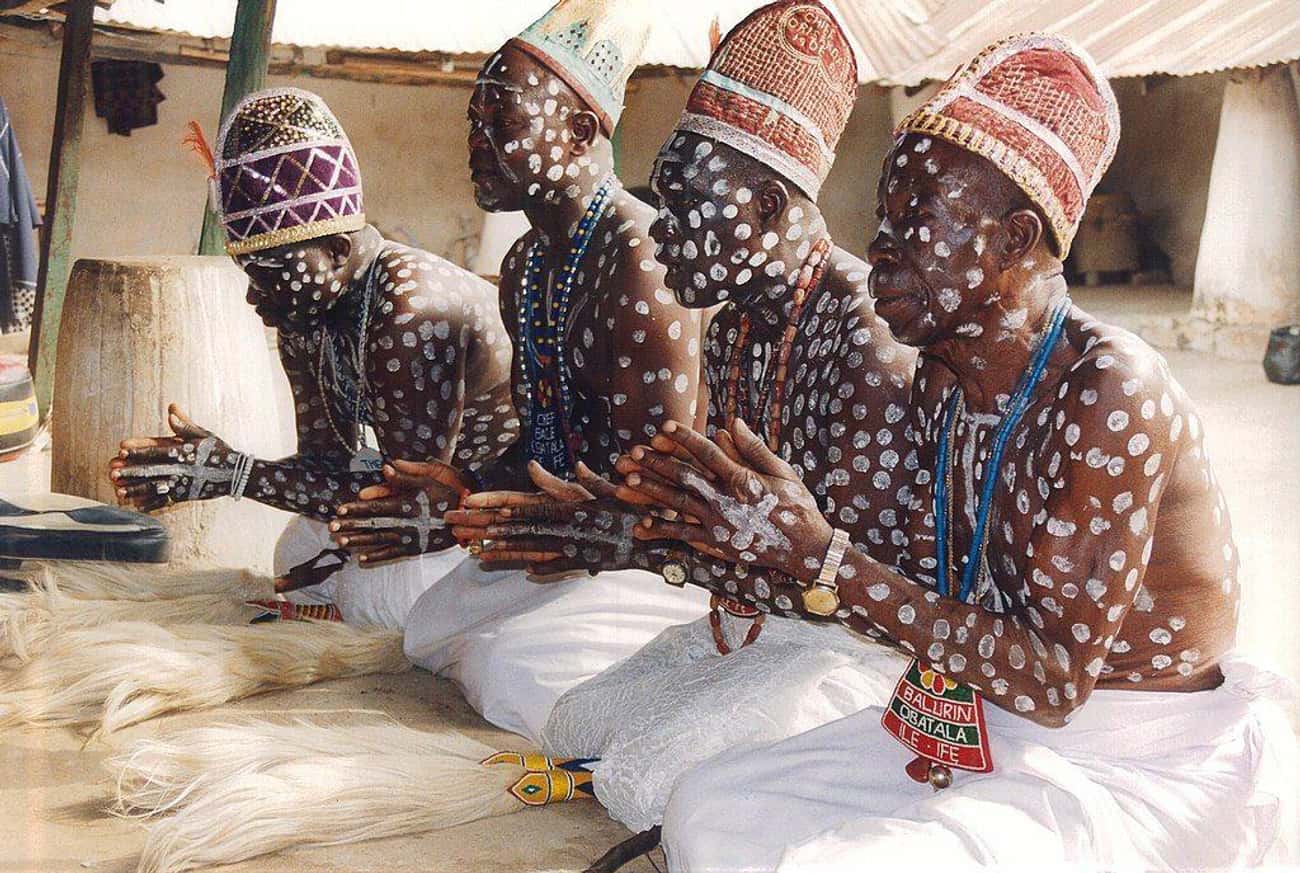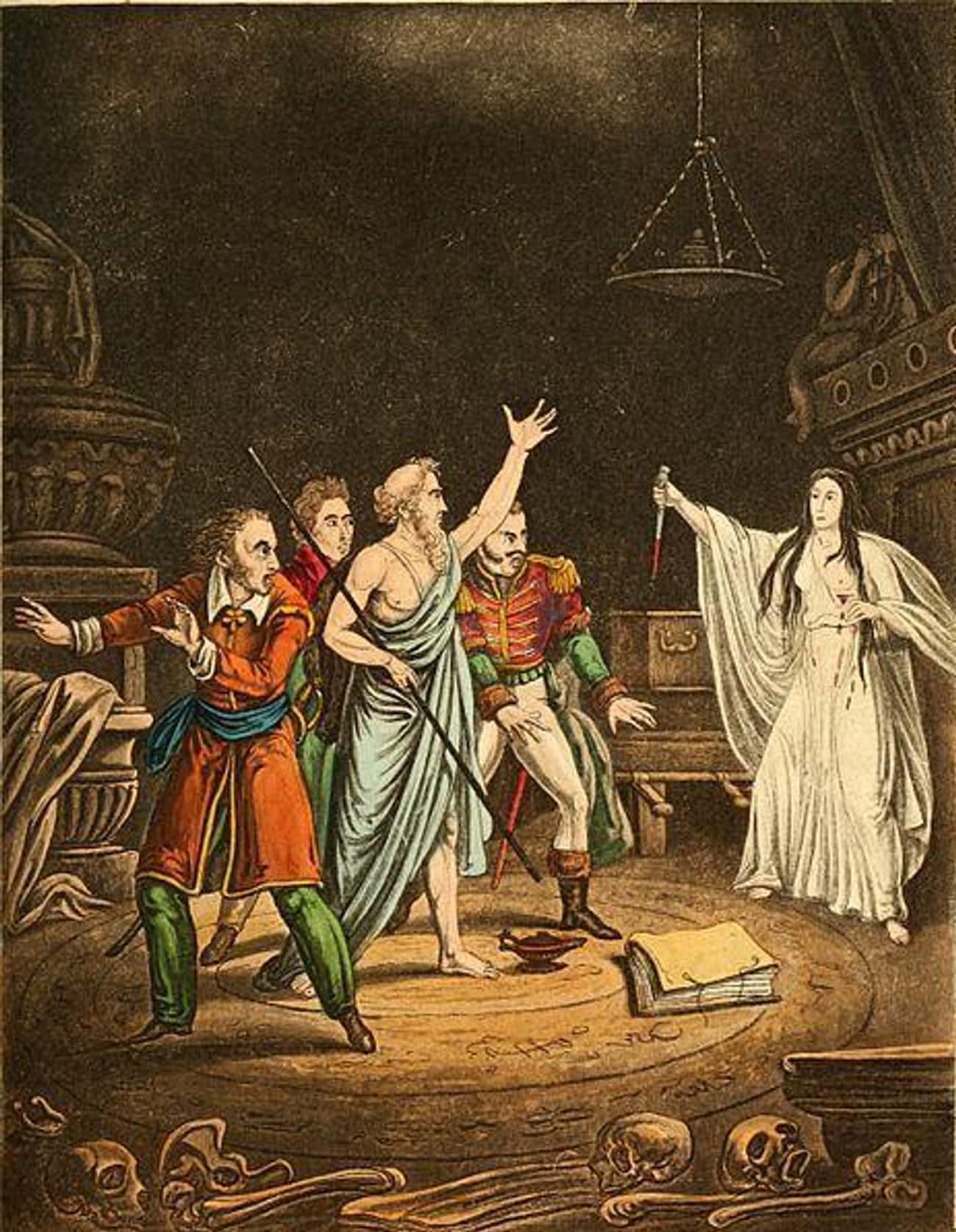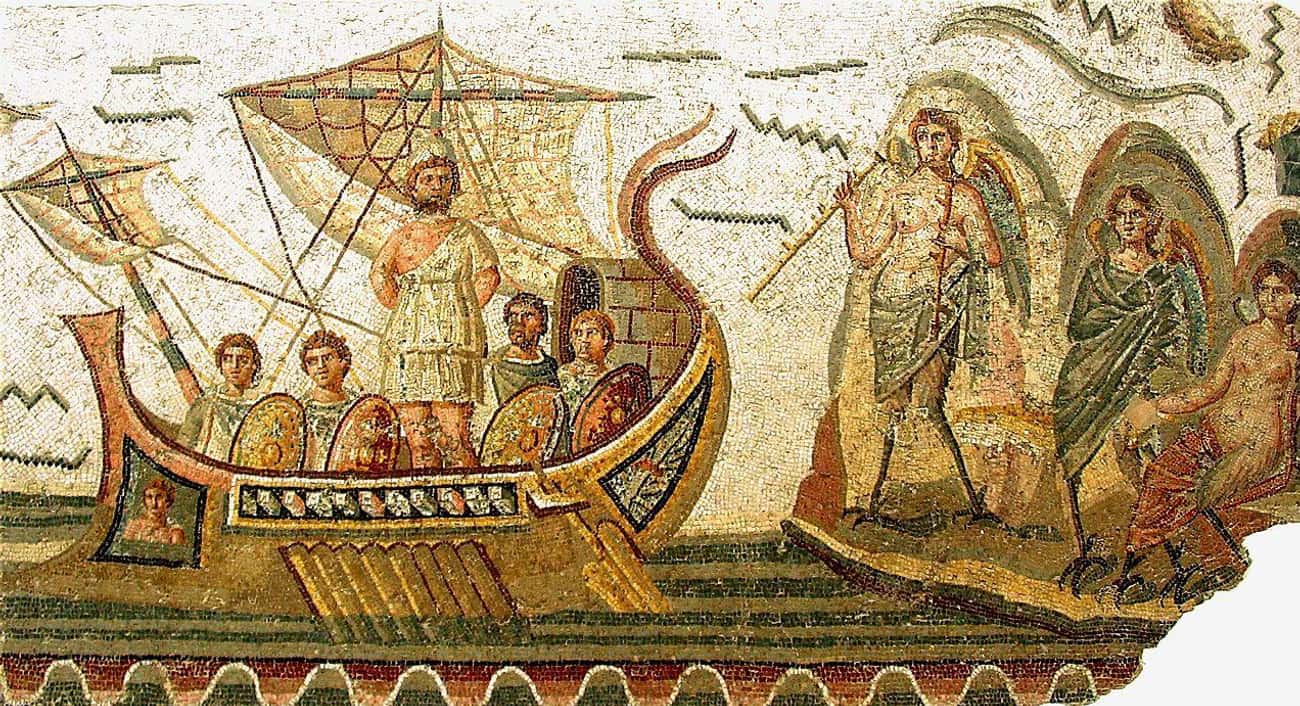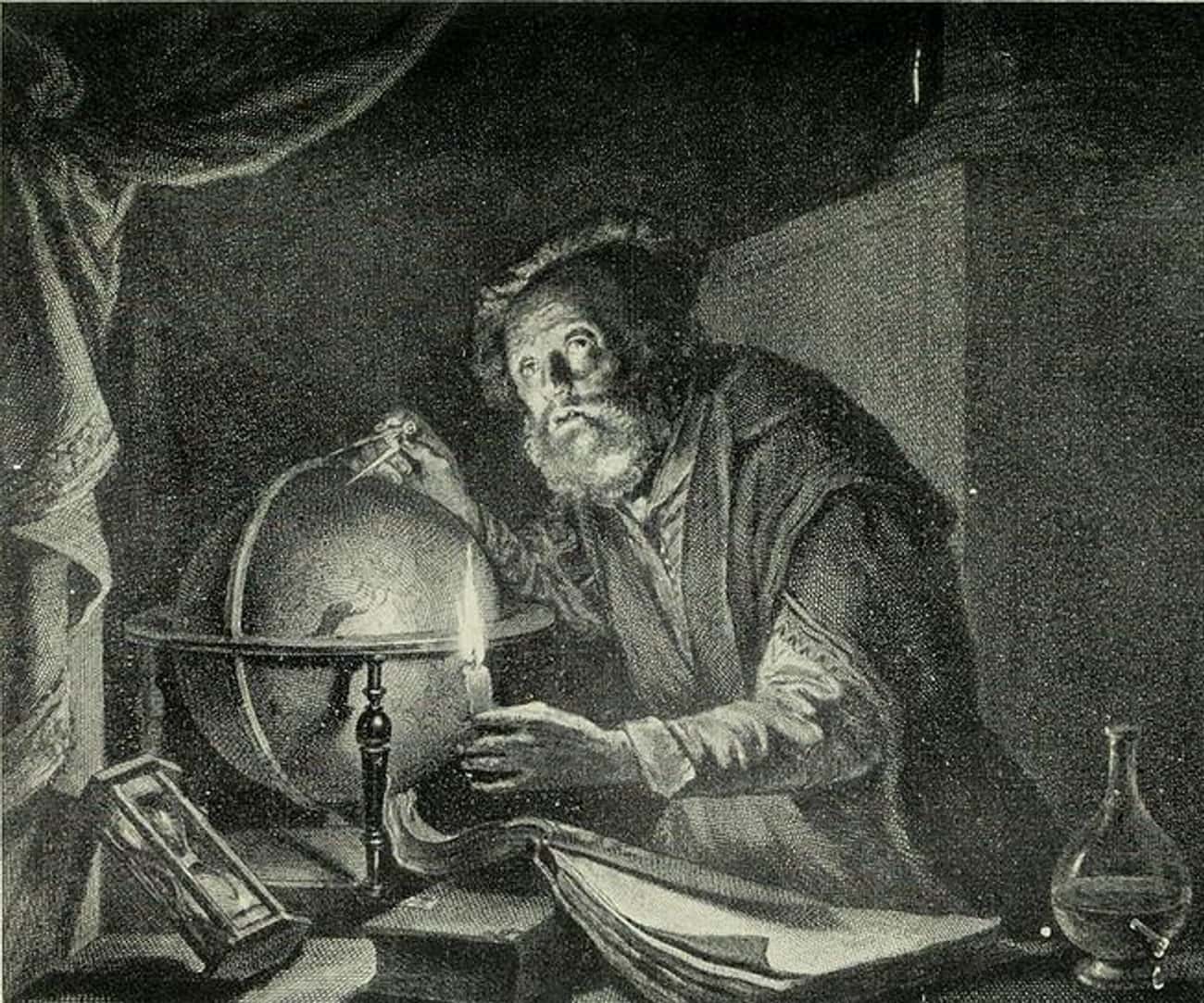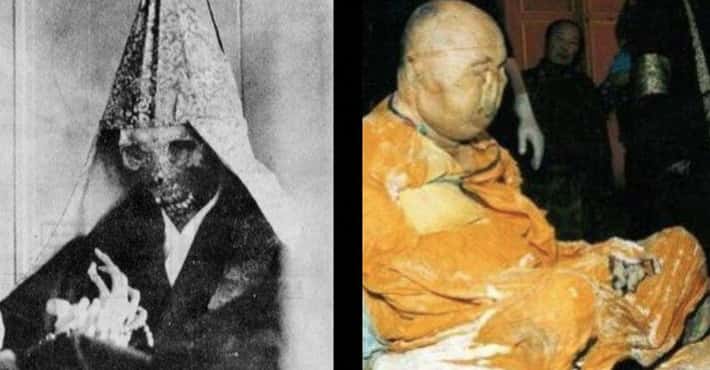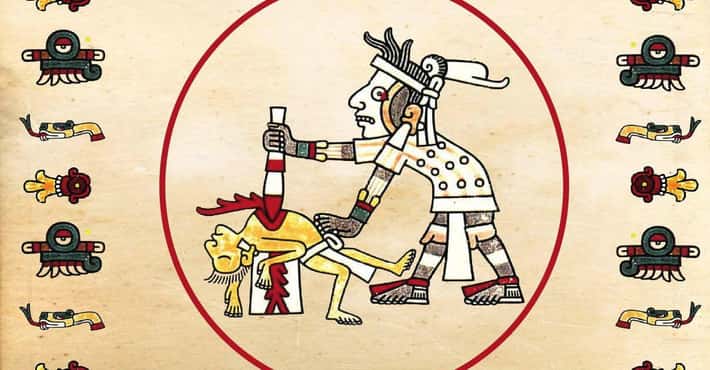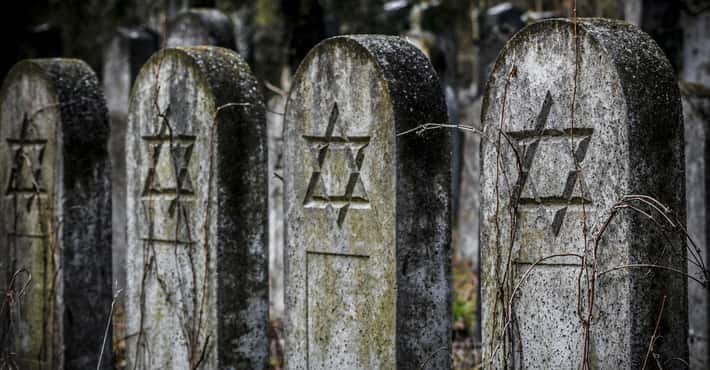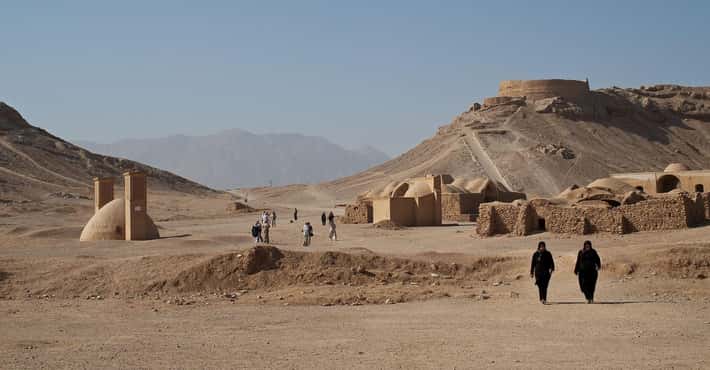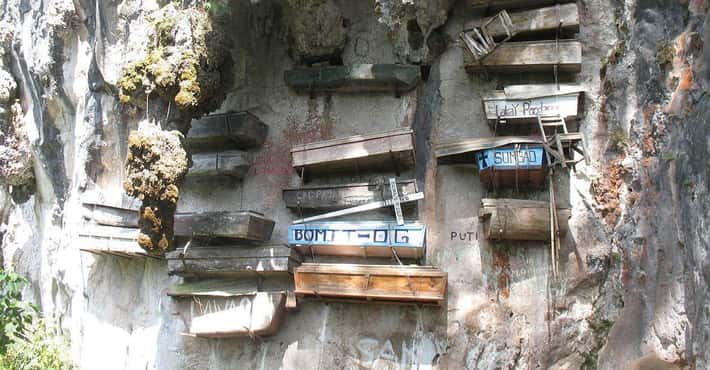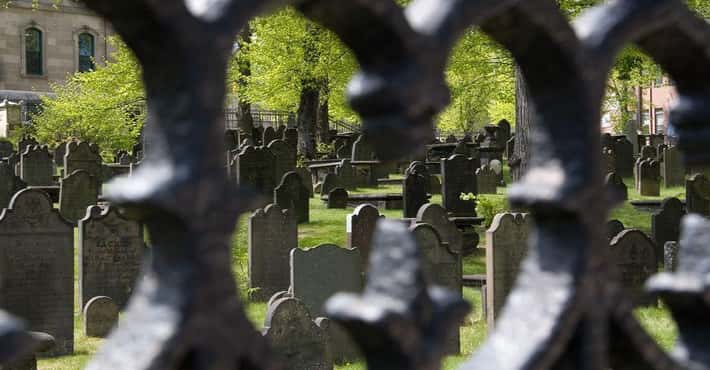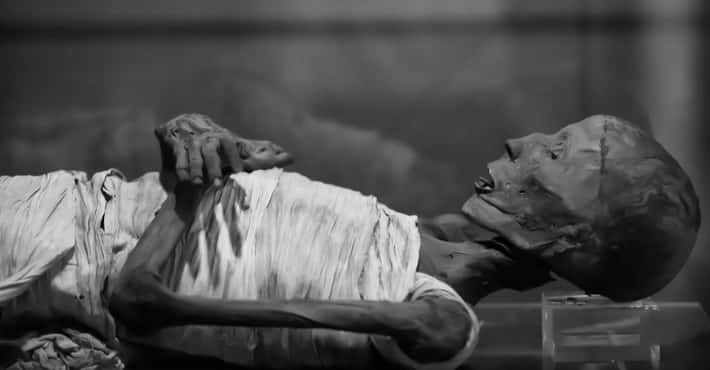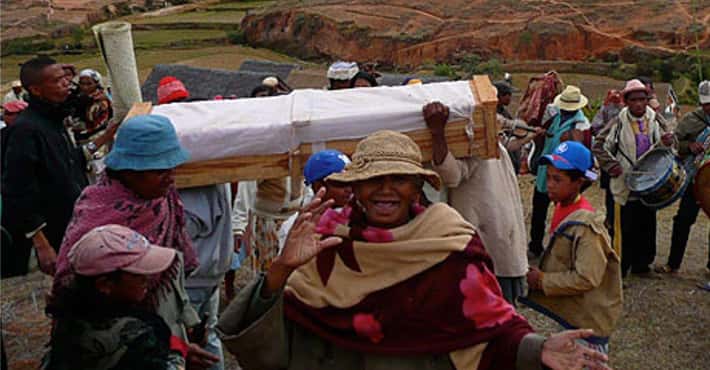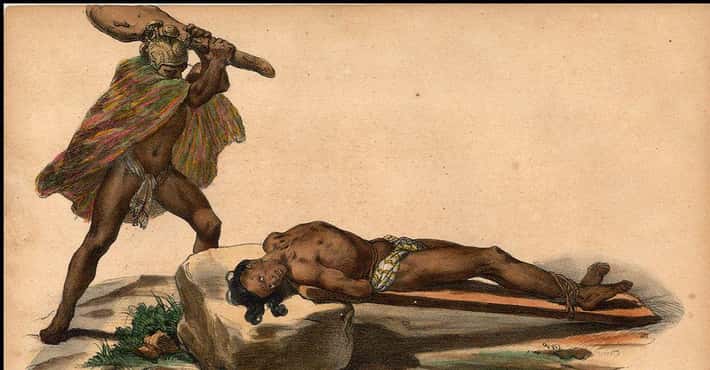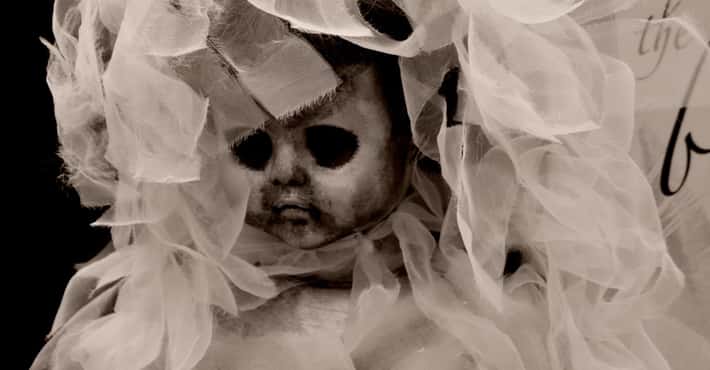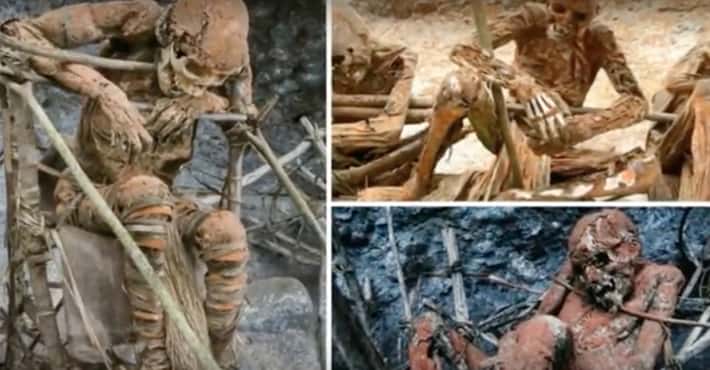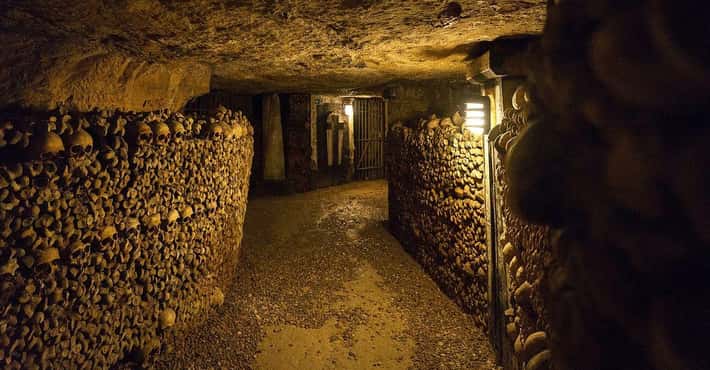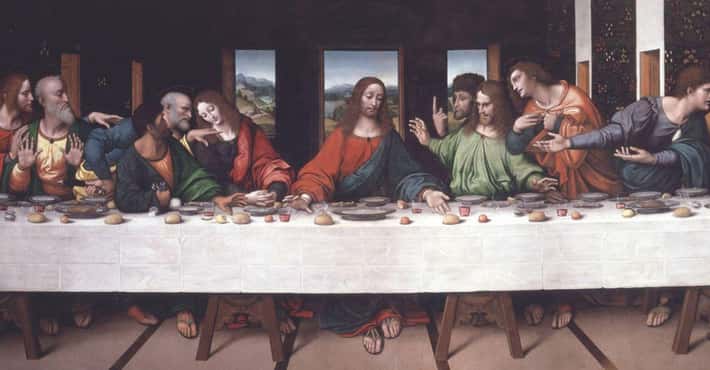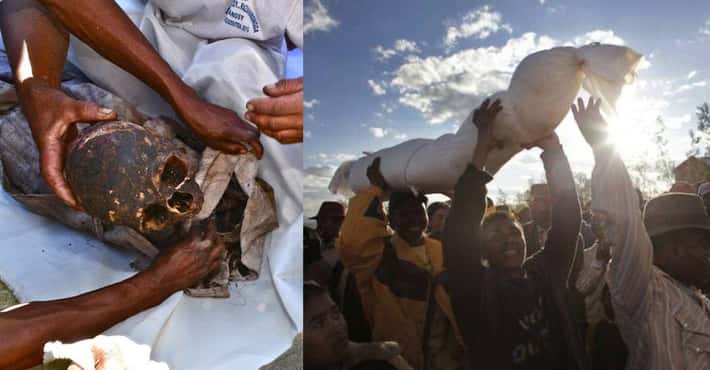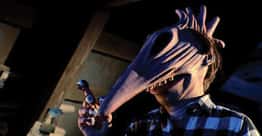Things You Didn't Know About Necromancy, The Dark Art Of Raising The Dead
Witches Have Used It For Centuries - Sometimes In Gruesome Ways
Photo: John Hamilton Mortimer / Wikimedia Commons / CC BY 2.0Necromancy is most commonly associated with witches and witchcraft. Since ancient days, tales of witches using necromancy for power and insight have appeared in legends and lore from multiple cultures. Part of this association comes from the belief that witches work with spirits, including those of humans, animals, plants, and the Earth itself.
One of the more memorable stories is the story of Sextus Pompey, who in the Roman poet Lucan's epic, sought out the help of Erichtho - a Thessalian witch known to be both horrifying and dangerous. Regardless of her reputation, Sextus was desperate to know the outcome of the civil war before it happened. Erichtho was a serious necromancer who set up residence in a graveyard to facilitate her conversations with the deceased and promised to help Sextus with his query.
In a gruesome scene, she wandered a battlefield in search of a cadaver whose neck and lungs still allowed him to speak, and when she found one, she and Sextus brought the body into a cave where the witch prepared it for her ritual. Calling on the help of Hermes, the guide of the dead, and other supernatural powers, she successfully summoned the spirit and the soldier's body was reanimated.
The animated body then described for Sextus the bleak civil war on the horizon and the inevitability of his own early death. Despite the bad omen from the spirit, Sextus was satisfied because above all else, he knew his fate.
Rituals Are Extremely Elaborate And Involve Black Magic
Photo: Ames of Bristol / Wikimedia Commons / Public DomainNecromantic rituals could be both mundane and grotesque, depending on their purpose, but they were almost always elaborate - often involving talismans, incantations, magic circles, candles, symbols, and wands. The necromancer might wear the clothes of the deceased, sit for days without moving, or even mutilate and eat corpses as a way to call out to the other side. They would choose melancholy locations that were well-suited to their guidelines - perhaps the home of the deceased subject, a ruin, or a dark graveyard.
All of these morbid practices were just the warm-up for the eventual summoning of the spirit. According to folklore about necromancy, in order to raise a physical body from the other side, the process had to occur within one year of the death, otherwise, the necromancer would only be able to evoke the ghost, not the real person.
Some Religions Still Practice Necromancy
Photo: Dierk Lange / Wikimedia Commons / CC BY-SA 2.5These days, existing practices of necromancy relate to the spiritualism of certain cultures who still believe the dead can lead the living into a realm of understanding. For example, necromancy is still practiced in the Afro-Brazilian religion Quimbanda, which purports that there are several types of spirits, including a group of female spirits called Pomba Giras and a group of male spirits called Exus, who can be called on for aid.
People who practice Quimbanda ask spirits to help them with specific tasks.
Different Groups Debate What Exactly The Risen Dead Know
Photo: Eugène Delacroix / Wikimedia Commons / Public DomainBut what do the dead really know? This question has been up for debate throughout the centuries.
Roman poet Ovid wrote in the Metamorphoses that many felt the dead converged in an underworld marketplace where they exchanged news and gossip. Others thought they were much more sinister - including Jews and Christians. Many books of the Bible offered warnings against necromancy, fortune-telling, and false prophets.
Christians And Catholics Did Not Approve
In the eyes of most Christians, bringing back non-living spirits was and is nothing short of demon-summoning. They believe that regardless of any perceived benefits, raising the dead goes in the face of God’s authority and only leads to suffering.
The medieval world typically believed that the resurrection of the dead required God’s help, thereby labeling all other kinds of divination and spirit communication as requiring the help of evil spirits. Even though many Catholics pray to deceased saints and for their departed loved ones, the Bible and the Catholic church condemn necromancy as a magical practice.
Necromancy Is First Mentioned In Literature In Homer's Odyssey
Photo: Giorces / Wikimedia Commons / Public DomainThe first literary mention of necromancy appeared in Homer’s Odyssey when the powerful sorceress Circe traveled to the underworld with Odysseus to determine the success of his impending voyage home. By raising the spirit of the prophet Tiresias, who was known for his clairvoyance, they hoped to gain insight into Odysseus's future.
In this depiction of necromancy, Odysseus followed the rituals of his culture and made offerings to the underworld gods and the blood sacrifice of a sheep, which acted as a special drink for ghosts, enabling them to speak. He spoke to several ghosts and was given warnings.
Odysseus pandered to the dead as a way to ensure his future success and to gain insight into a realm where humans had no such visions. Odysseus was desperate to ascertain his fate, no matter what the cost. This theme of desperation for knowledge despite the religious and ethical implications of necromancy reappear frequently in history.
Many Medieval Clerics Genuinely Believed In Necromancy As An Area Of Study
Photo: Gerrit Dou / Wikimedia Commons / Public DomainDespite it being a controversial form of black magic, many clerics in the Middle Ages studied and practiced necromancy. These medieval scholars believed necromancy could help them achieve many feats, both personal and spiritual, and they used their clerical training to perform the rituals correctly.
It was believed necromancy could obtain answers from the dead that could solve real-life problems like finding missing items, identifying culprits in crimes, or even predicting the future.
The Body Being Brought Back Had To Be Perfectly Prepared
According to author Robert Masello, in a typical ritual of necromancy, once a coffin was unsealed, the body would be removed and laid out with its head pointing east towards the rising sun, and its limbs assuming the position of crucifixion. A small dish of burning wine, mastic, and sweet oil would then be placed near the right hand of the body to promote conjuration. Of course, the incantations varied greatly between cultures, but all seemed to focus on commanding the spirit to move in the name of the deceased person and to answer the demands of the living.
Assuming the ritual went according to plan, the body of the dead would slowly rise and dutifully answer the questions of the necromancer. The spirit would be rewarded for its cooperation by promises of future peace, and the body would be burned or buried in quicklime afterward so it could never be reanimated again.
Nature And Weather Are Deeply Embedded In Necromancy
As one would expect, the best time to perform necromancy was at midnight, especially if the night was filled with wind, rain, and lightning because it was believed that spirits would show themselves more readily in stormy weather. Although practices varied from place to place, the majority of rituals involved lighting the scene with torches and creating a backdrop of deep contemplation and morbidity.
For example, if a necromancer wanted to raise a corpse from the cemetery, magic circles would be drawn around the grave and certain powerful plants were burned, including hemlock, mandrake, and opium.
Modern Necromancy Involves Speaking To The Dead - Not Actually Reviving Them
Even today there are people who claim they can speak to the dead. Modern necromancers cultivate working relationships with the departed through things like the art of throwing bones, where the future is read based on their placement. Working with the "energy" of the dead is the contemporary version of reanimation, and it tries to avoid brutality and the desecration of burial sites.
But despite a surprisingly robust online necromancy community, the ancient art of bringing dead things to life is mostly gone. While there is plenty of literature on the subject and contemporary witches who claim to know the old ways, it's clear that necromancy is not what is used to be.


